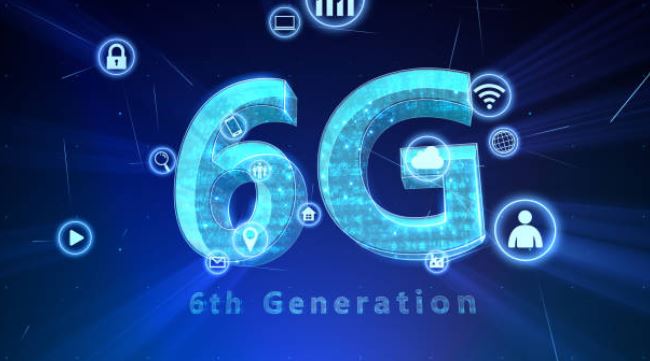While we are still in the process of the global rollout of 5G, the hype is already building about the next generation of wireless technology: 6G. In fact, many telecommunications vendors are already investing heavily in 6G technology, which is currently in the research phase. Although implementation may still be many years away, 6G is tipped to become an integral part of communications in the next decade.
6G technology is predicted to provide faster speeds, lower latency, and more bandwidth than 5G, which will increase productivity, and create new opportunities in automation, artificial intelligence, and the internet of things through instantaneously delivering huge amounts of data across decentralized networks.
What are the Features of 6G vs 5G?
6G is the next generation of cellular technology, following on from 5G technology, but with the ability to use higher frequencies and provide significantly higher capacity. With increased performance, 6G will expand the scope of 5G abilities to support fresh and innovative applications in wireless connectivity, cognition, sensing, and imaging.
The following are five key things to know regarding the similarities and differences between 5G and 6G technologies.
- Both Generations Have Very Low Latency
As generational technology evolves, latency is reduced. While 4G latency is around 50 milliseconds, 5G drops to 5 milliseconds, and 6G latency is estimated to drop again to just one millisecond. This means that huge transmissions of data will be possible almost instantaneously.
- 5G and 6G Use Two Different Parts of the Spectrum
Both 5G and 6G technology use the higher frequencies on the wireless spectrum to transmit more data, quicker. Signals at the higher end of the radio spectrum will be used to power 6G networks. It is too early to predict 6G data transmission rates; however, early calculations suggest it may be possible for a top data rate of 1 terabyte per second for wireless data. This means that 6G has the potential to deliver speeds 1,000 times faster than 5G.
- 6G Opens New Frontiers of Connectivity
The deployment of 5G has been slow due to the necessary infrastructure requirements that have had to be set up. 6G will not have the same difficulties, as it will build on the infrastructure that has already been installed for 5G technology.
- 6G Will Speed Up the Internet of Things
4G frequencies are too narrow and crowded to transfer data at the necessary speeds required by smart devices to support IoT. With quicker speeds, 5G is tipped to support IoT and make it a practical everyday reality for users. 6G will further enhance performance, which will likely lead to widespread traction of IoT.
- 6G Will Not Replace 5G
4G technology was basically a faster version of 3G technology. However, 5G and 6G technologies are different versions of wireless connectivity, and as such, will run concurrently. Experts in the field currently think that it won’t be practical to have every device using 6G technology, and as such, 6G technology is tipped to be reserved for business, military, and industrial sectors, powering only some consumer uses such as immersive entertainment. However, technological advancements may change this.
6G Technology Capabilities
6G technology will enhance the performance of data transmission across the globe. The following are some of the key things that 6G technology will enable:
- Technology convergence: 6G technology will enable the integration of previously separate technologies, such as deep learning and big data analytics.
- Edge computing: 6G will support the deployment of edge computing to ensure overall throughput and low latency for extremely reliable communications.
- Internet of things (IoT): 6G technology is tipped to support the machine-to-machine communication necessary for operating IoT.
- High-performance computing (HPC): There is a strong relationship between 6G technology and high-performance computing, where 6G technology supports centralized HPC resources for processing.
When will 6G be available?
The research and development of 6G technology started in 2020. In order to launch the technology, advanced mobile communications technologies will have to be developed, such as cognitive and highly secure data networks. In addition, spectral bandwidth will also have to be expanded. China has already launched a 6G test satellite equipped with a terahertz system. However, it is predicted that 6G technology will not launch commercially until 2030.









